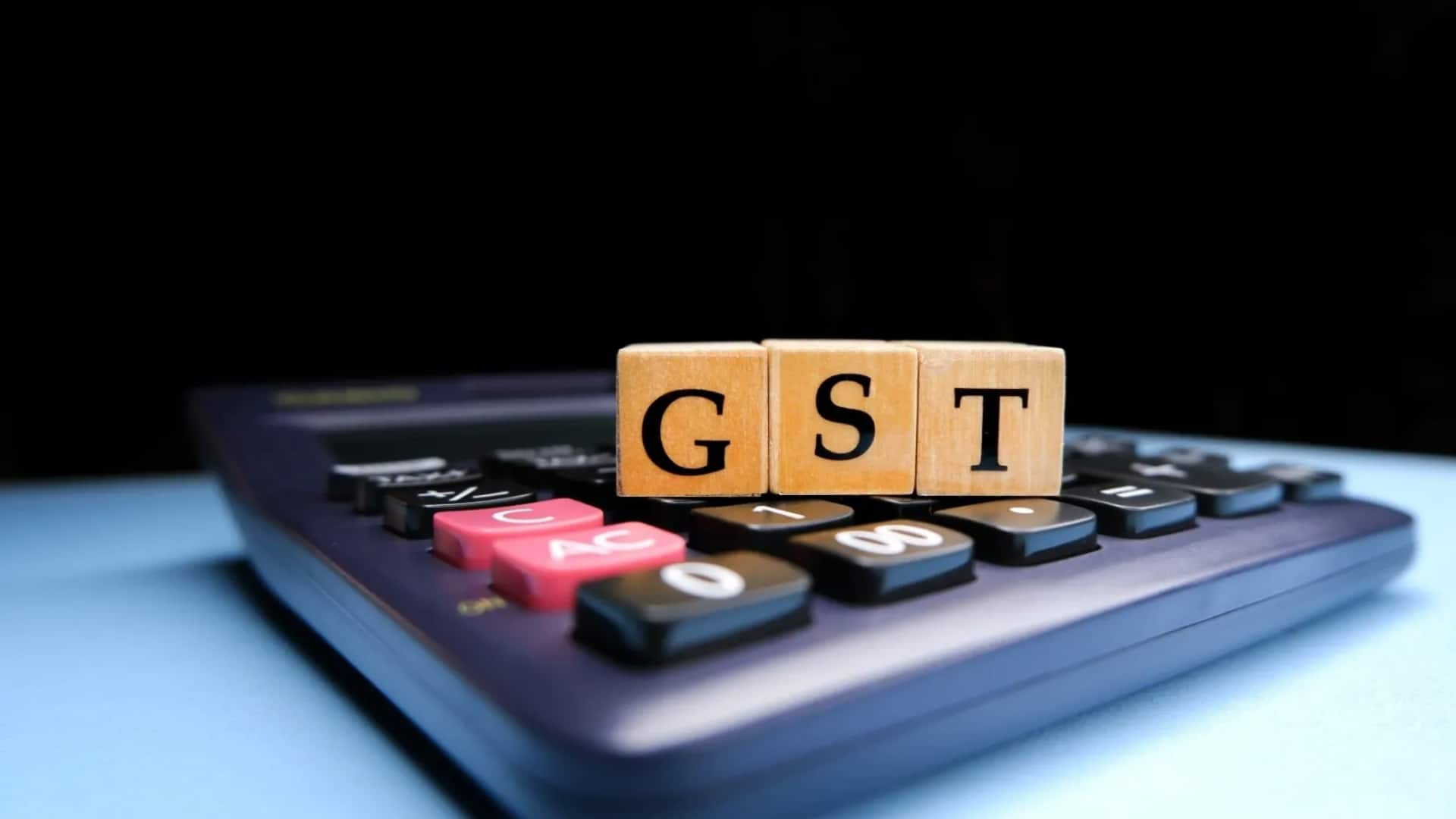
GST revamp to slash prices on essentials: What's getting cheaper
What's the story
Prime Minister Narendra Modi has announced major changes to the Goods and Services Tax (GST) system, calling it a "festive gift" for Diwali. The proposed reforms include a two-rate GST structure of 5% and 18%, scrapping the existing 12% and 28% slabs, according to PTI. The plan has been sent to a group of state finance ministers for review before being presented at next month's GST Council meeting.
Tax categories
Current GST structure and proposed changes
The current GST structure has four main slabs: Nil (0%) for essential food items, 5% for daily use goods, 12% for standard goods, 18% for electronics and services, and 28% for luxury and sin goods. The proposed changes would see most goods in the 12% slab moving to a lower rate of 5%. About 90% of items in the highest tax bracket (28%) will shift to an intermediate rate of 18%.
Tax adjustments
Luxury, sin goods to be taxed at 40% rate
Luxury and sin goods will now be taxed at a special rate of 40%, which will apply only to select items such as tobacco. Online gaming is also likely to be classified as a demerit category and taxed at the highest rate. The government hopes these changes will simplify taxation and reduce compliance issues.
Price impact
Items expected to move into new lower GST brackets
The new GST rates are likely to make many everyday goods and services cheaper by Diwali. Items expected to move into the 5% bracket include tooth powder, toothpaste, soaps, hair oil, processed foods, snacks, frozen vegetables, mobiles, and computers. Other items include sewing machines and pressure cookers, as well as non-electric water filters and vacuum cleaners.
Additional items
Other items that will become cheaper
The new GST rates will also make ready-made garments costing over ₹1,000 and footwear priced between ₹500-₹1,000 cheaper. Other items that will become cheaper include most vaccines and diagnostic kits for HIV/TB, as well as Ayurvedic medicines. Bicycles, non-kerosene stoves, barbecues, cookware, utensils, exercise books, geometry boxes, maps, globes, glazed tiles, pre-fabricated buildings, vending machines, public transport vehicles sold (not fares), agricultural machinery, and solar water heaters are also expected to get cheaper.